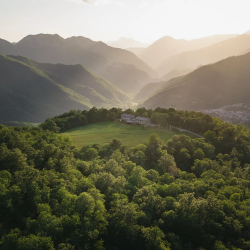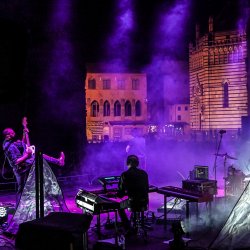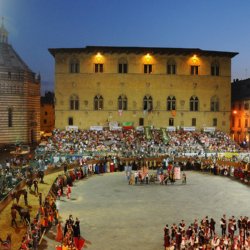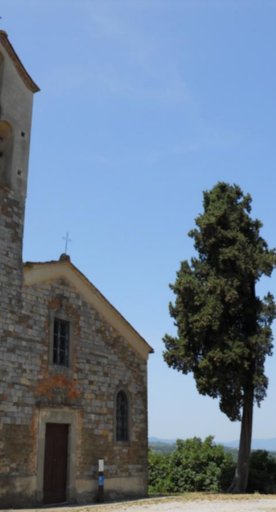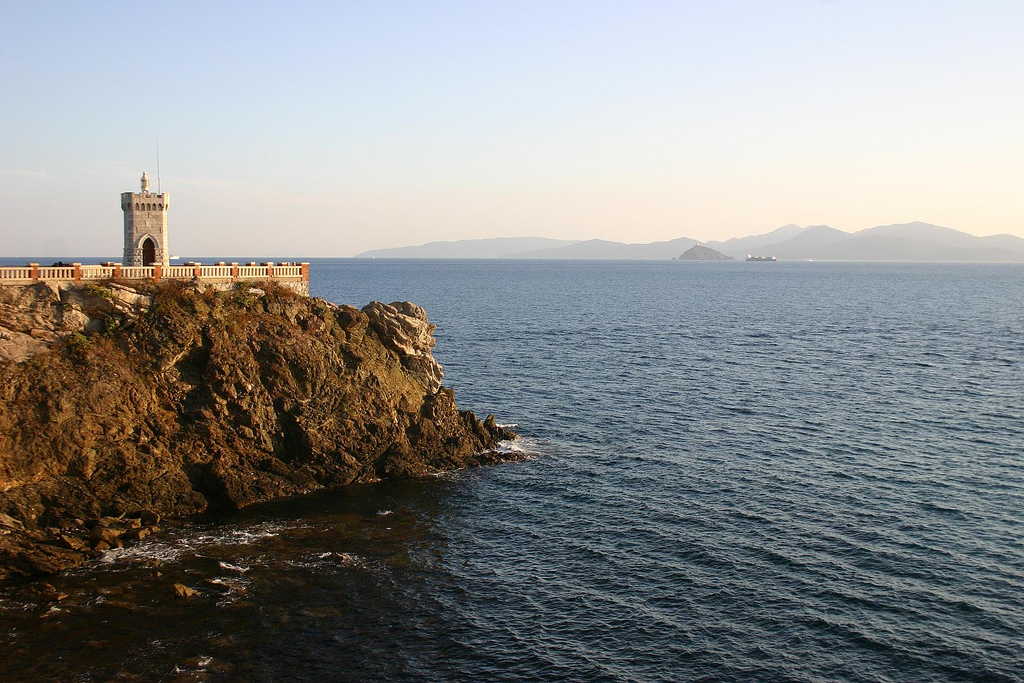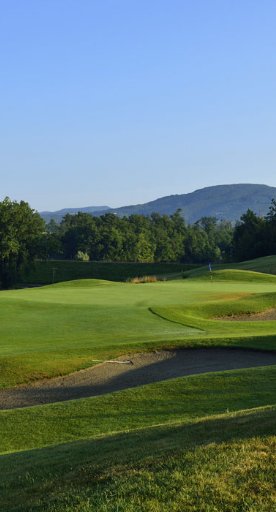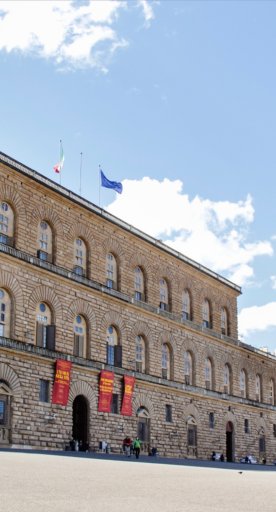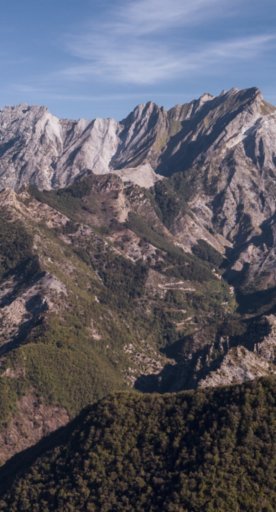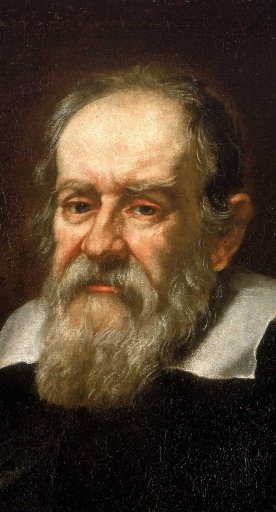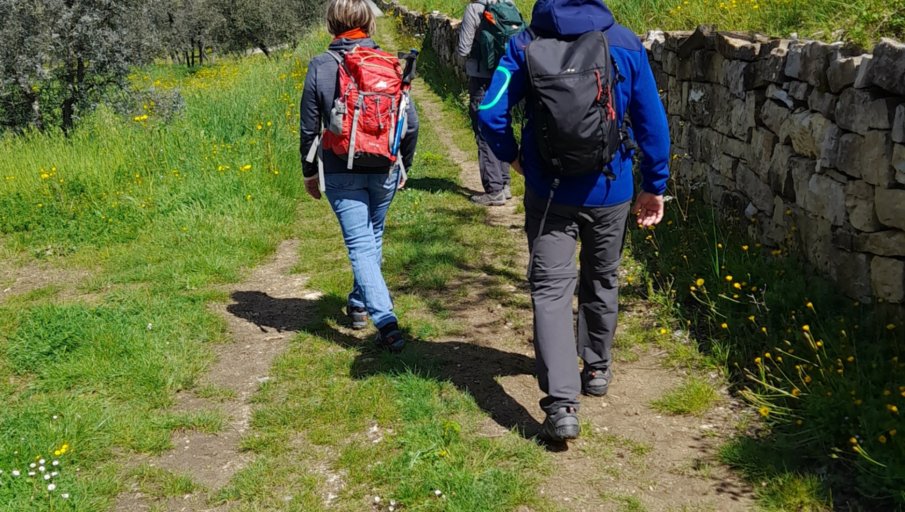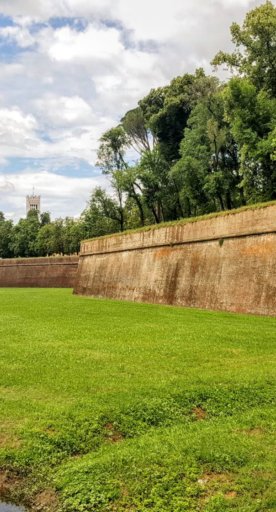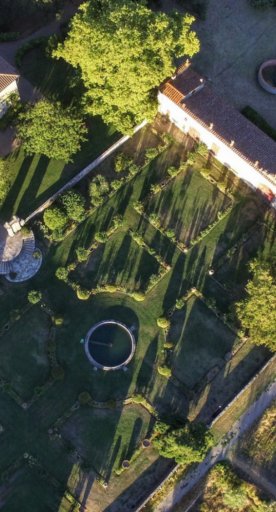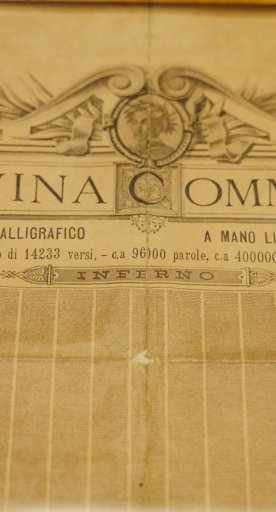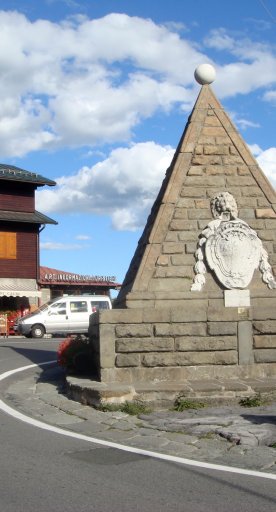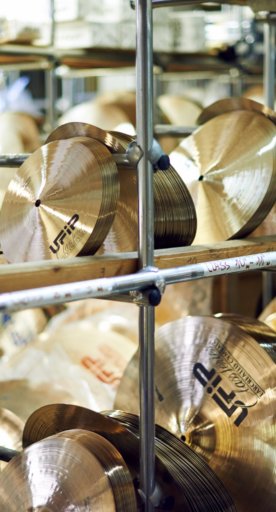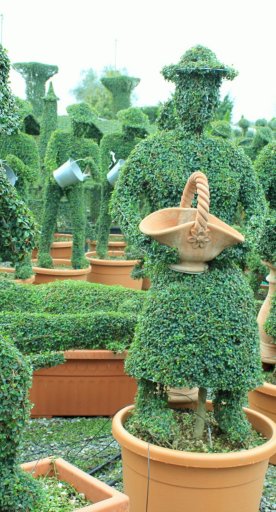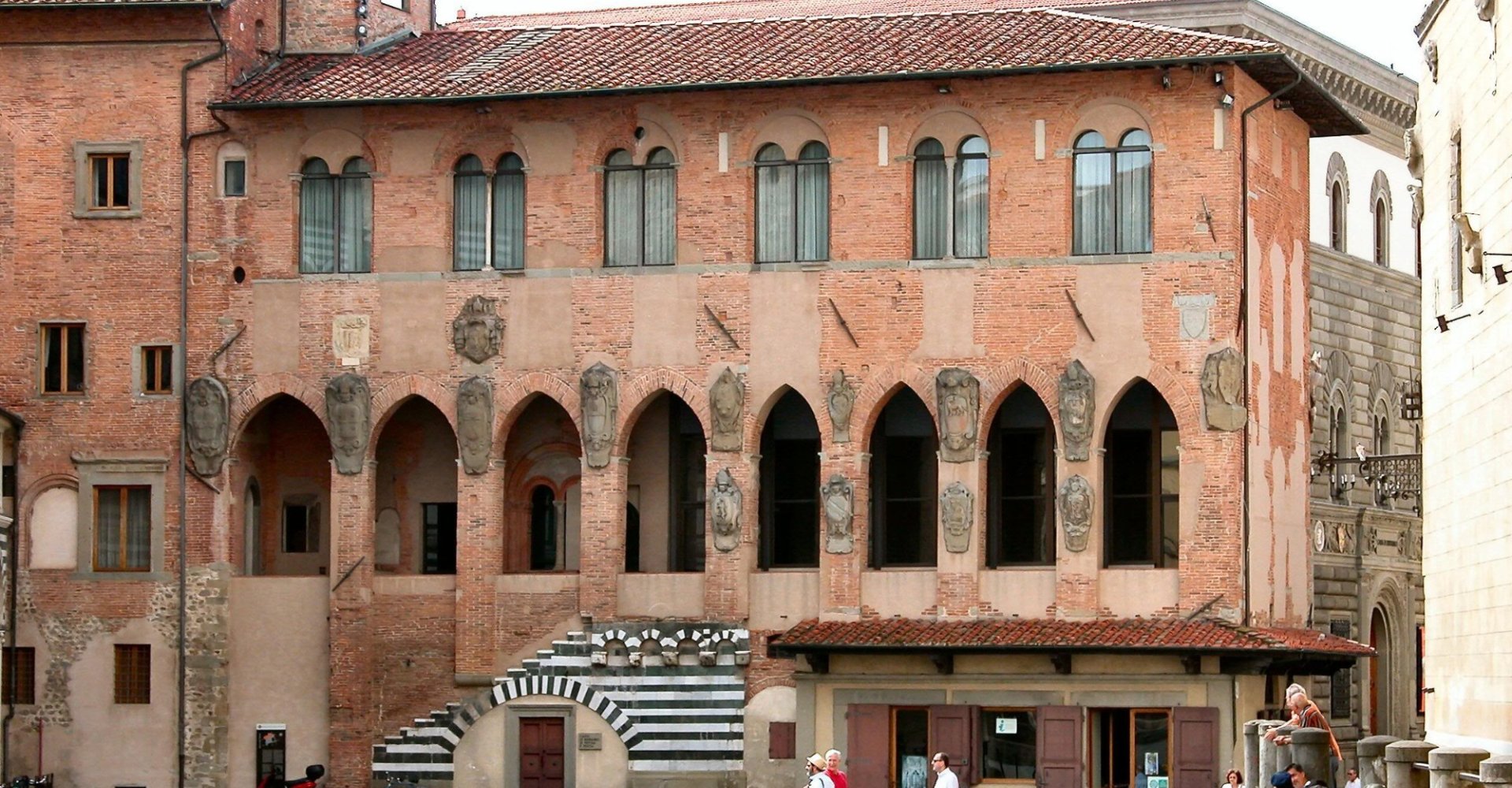

10 things to do in Pistoia
An itinerary among history, art and nature in an ancient city
For lovers of art and tradition, an itinerary of 10 must-see stops to visit Pistoia, the city "of wide streets and beautiful churches".
An itinerary to discover ancient palaces, medieval squares, narrow paved alleys and magnificent squares.
-
1.Piazza Duomo
-
2.Cathedral of San Zeno
-
3.Baptistery of San Giovanni in Corte
-
4.Spedale del Ceppo
-
5.Pistoia Underground
-
6.Church of Tau
-
7.Civic Museum of Ancient Art
-
8.Piazza della Sala
-
9.Santa Barbara Fortress
-
10.Zoo
Piazza Duomo
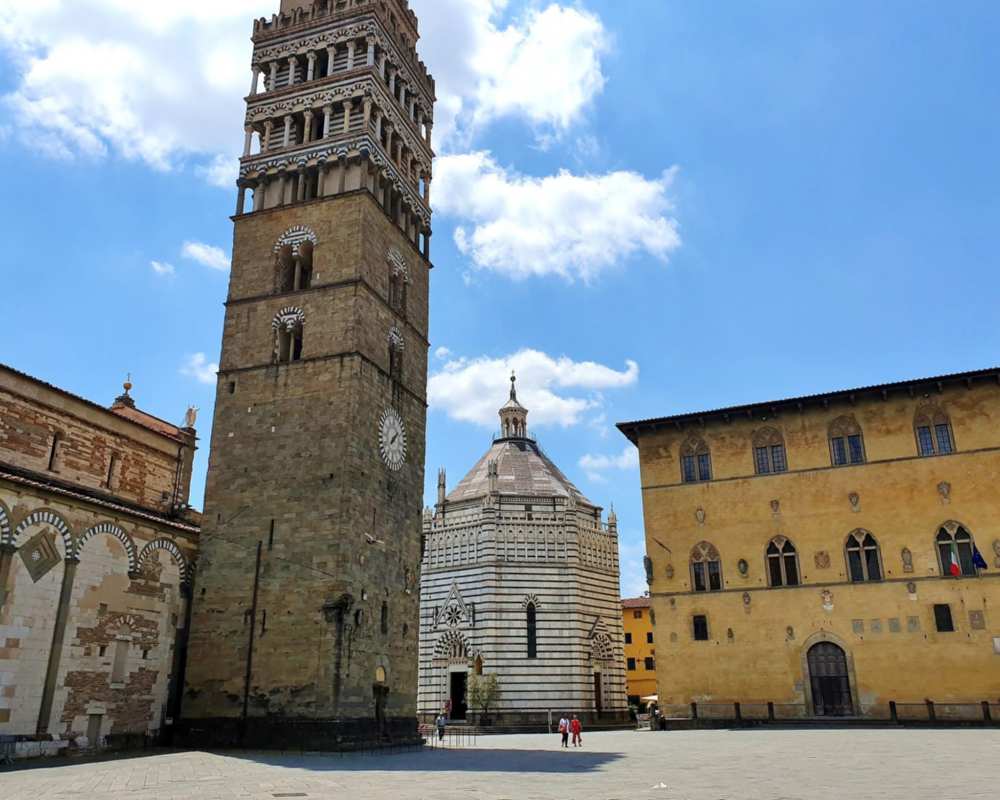
Always representing the historical and political heart of the city: Piazza Duomo, stern and elegant, is one of the most beautiful squares in Italy.
Dominated by the ancient bell tower, it is home to the Cathedral of San Zeno, the Bishops' Palace, the Baptistery and the Municipal Palace. Not far away, the monumental complex of the square is completed by the Tower of Catilina and the Museum of San Salvatore.
Even today, the square is the hub of city life where the most important historical events and the longest-running blues festival in Italy take place.
Cathedral of San Zeno
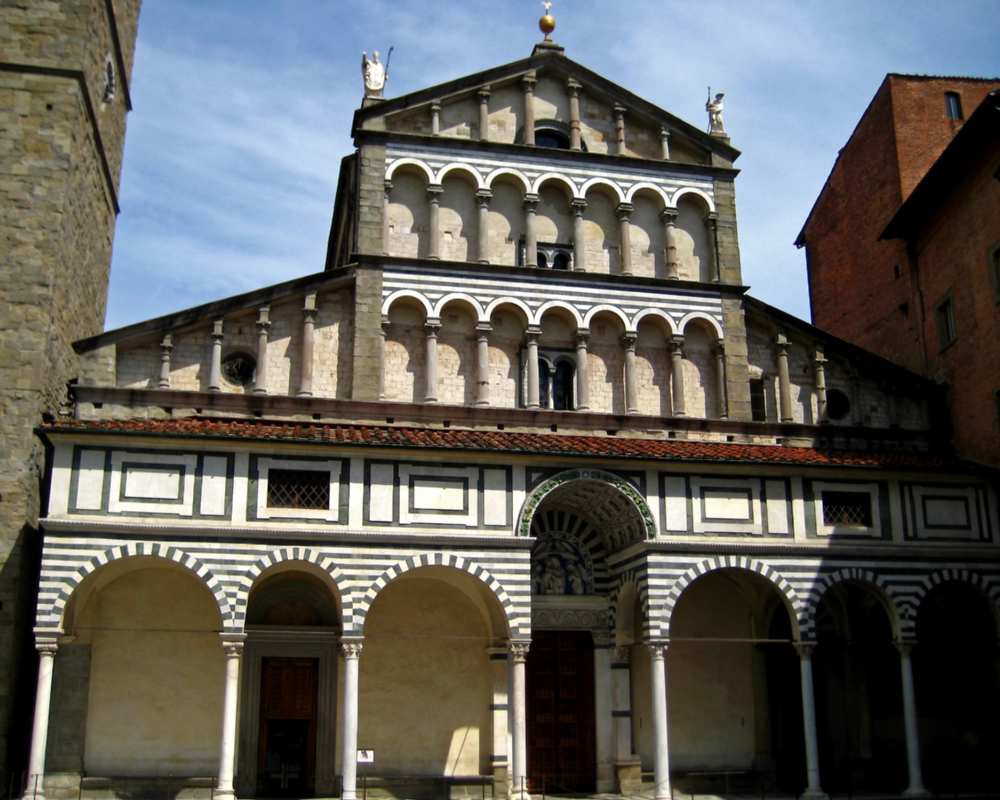
The Cathedral of San Zeno - dating from before the year 1000 - was completely renovated at the beginning of the 12th century and underwent a series of uninterrupted interventions over the centuries, and only in the mid-20th century was its original appearance restored: a portico was added to the Romanesque-style façade in the 14th century, completed by Andrea Della Robbia, who created the glazed archivolt of the central portal and the terracotta lunette with the Madonna and Child in the portal below.
Next to the church stands the elegant bell tower, which at 67 meters high is one of the tallest towers in Italy.
Baptistery of San Giovanni in Corte
The Baptistery of San Giovanni in Corte is the expression of Tuscan Gothic and is the last medieval baptistery built between 1301 and 1366 in the wake of the great Tuscan cities of Florence, Pisa and Siena.
It is located opposite the Cathedral and is built on the ruins of the old church of Santa Maria in Corte from which it takes part of its name.
Initially it had a central plan with the baptismal font in the center.
Later Lanfranco da Como made the font as we see it today: his signature is found inside the font in uncial characters - that is, in majuscule.
The entire exterior is based on the two-toned of white Carrara marble and green serpentine from Prato.
Spedale del Ceppo
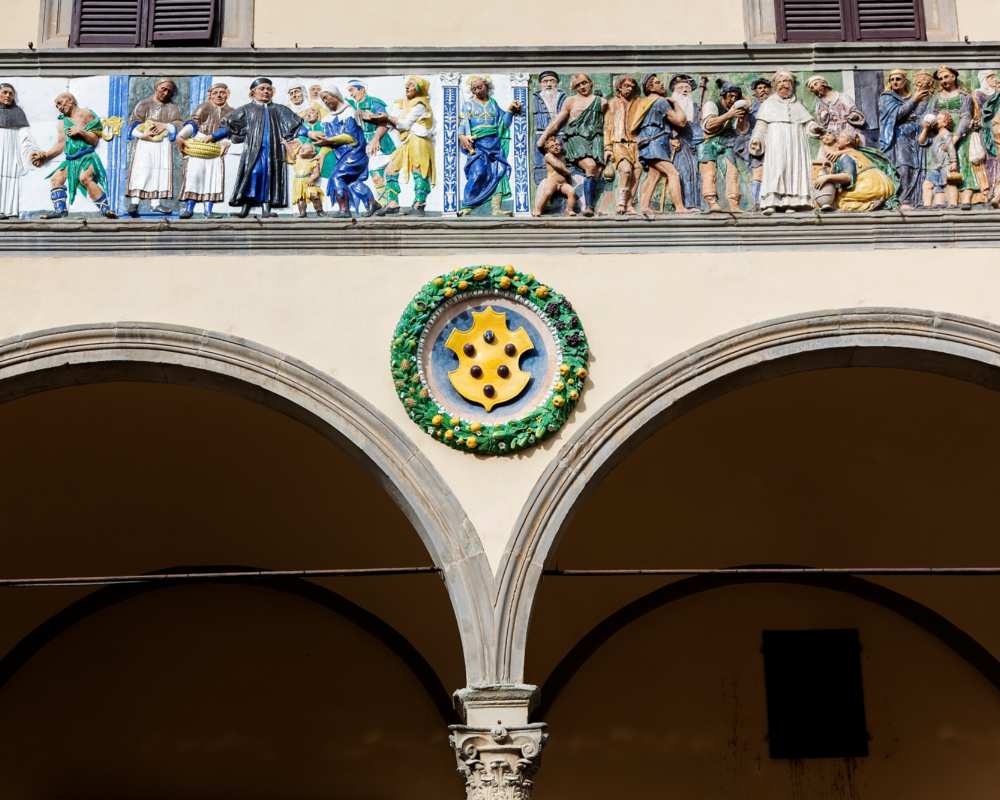
The thirteenth-century Ospedale del Ceppo (Hospital of the Stump) is located among the narrow streets of Pistoia's historic center and immediately catches the eye thanks to the beautiful glazed terracotta frieze that decorates the museum's exterior loggia.
It is a hospital founded in 1277, according to the legend, in the place indicated by the miraculous flowering of a dry stump, and later expanded following the plague pandemic of 1348.
It is precisely to the frieze - a Renaissance masterpiece by Santi Buglioni - that a section of the museum is dedicated.
The museum tour then continues with the historical, architectural and artistic events of the building and the history of Pistoia's health care, through instruments belonging to the various eras.
Inside the Ospedale del Ceppo is also the Museum of Pistoia Underground.
Pistoia Underground
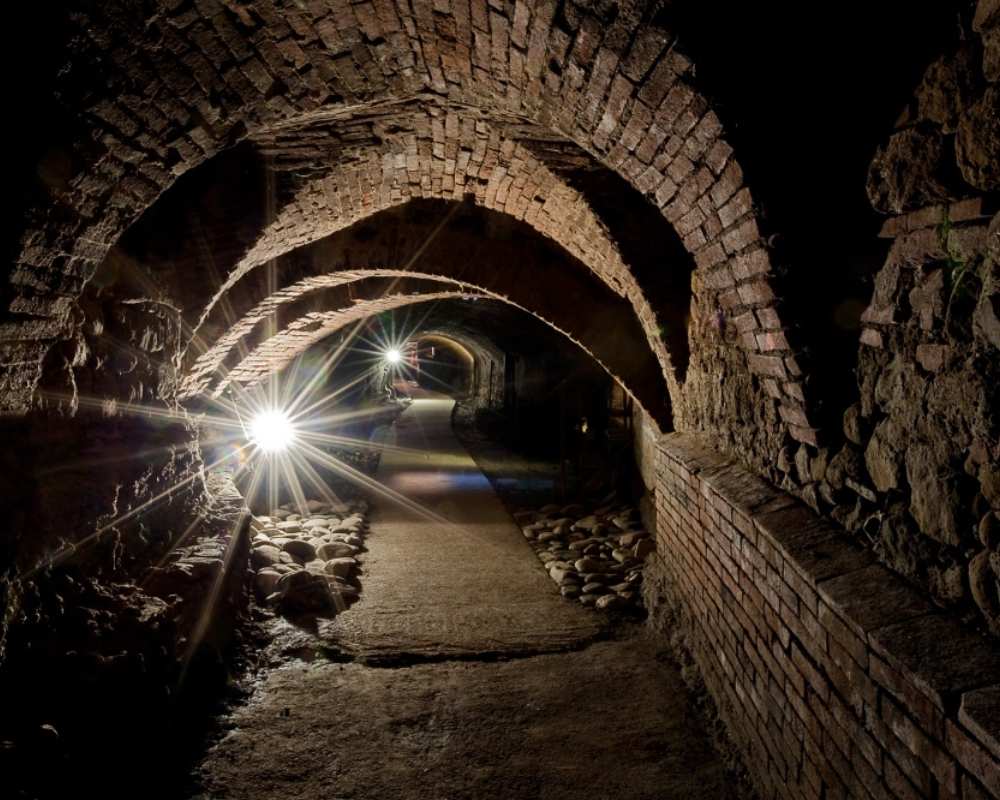
A fascinating archaeological itinerary that winds beneath the city: with its 650-meter, the Museum of Pistoia Underground is the longest underground route in Tuscany and shows the historical and architectural phases of the construction of the Ospedale del Ceppo, one of the oldest hospitals in the world, in uninterrupted operation since 1277.
Here its history is traced starting literally from the foundations to the more recent past.
Accompanied by a guide, the tour leads to the discovery of Pistoia's oldest architectural evidence.
Church of Tau
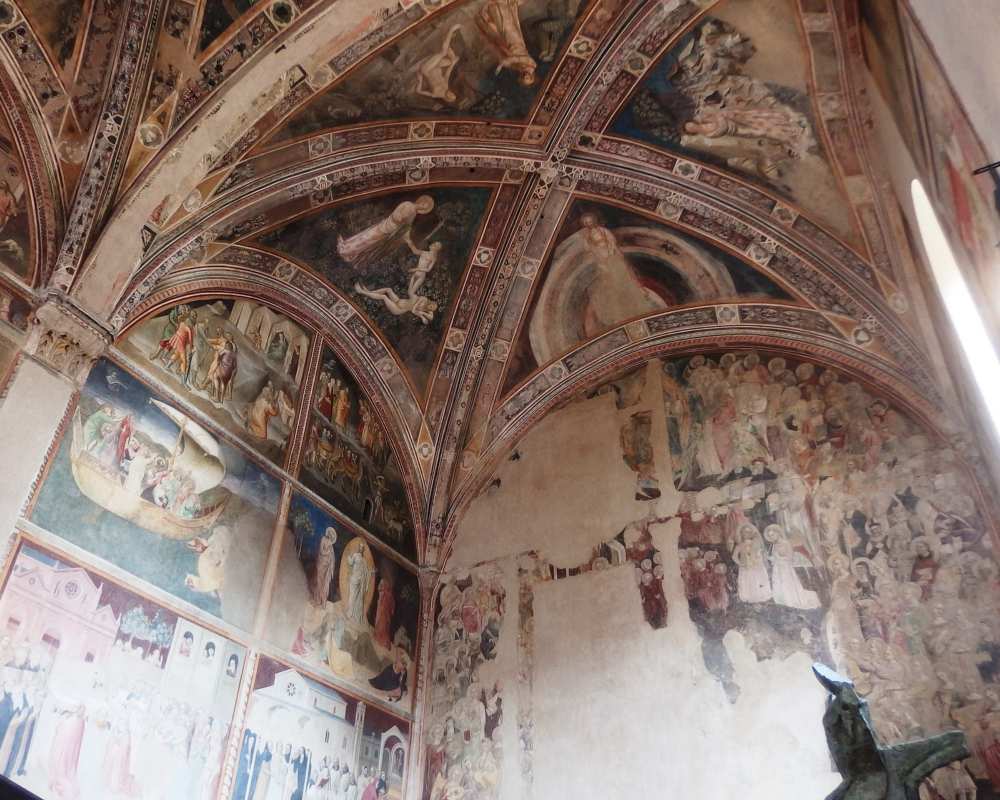
The Church of Tau was built around 1340 by Fra' Giovanni Guidalotti, who donated it to the canons regular of St. Anthony of Tau, so called because they bore the Tau (letter of the Greek alphabet) in blue enamel on their cloaks.
Over the centuries the church suffered very serious tampering, but in the 1960s, restoration recovered much of the structure and many of the original pictorial decorations.
Of considerable beauty and interest is the interior pictorial cycle created by late Gothic artists, particularly Niccolò di Tommaso and his collaborators.
The church inside houses several works by Marino Marini: sculptures of knights, jugglers and elongated dancers, as well as a library, photo and video archive dedicated to the great artist of Pistoia.
Civic Museum of Ancient Art
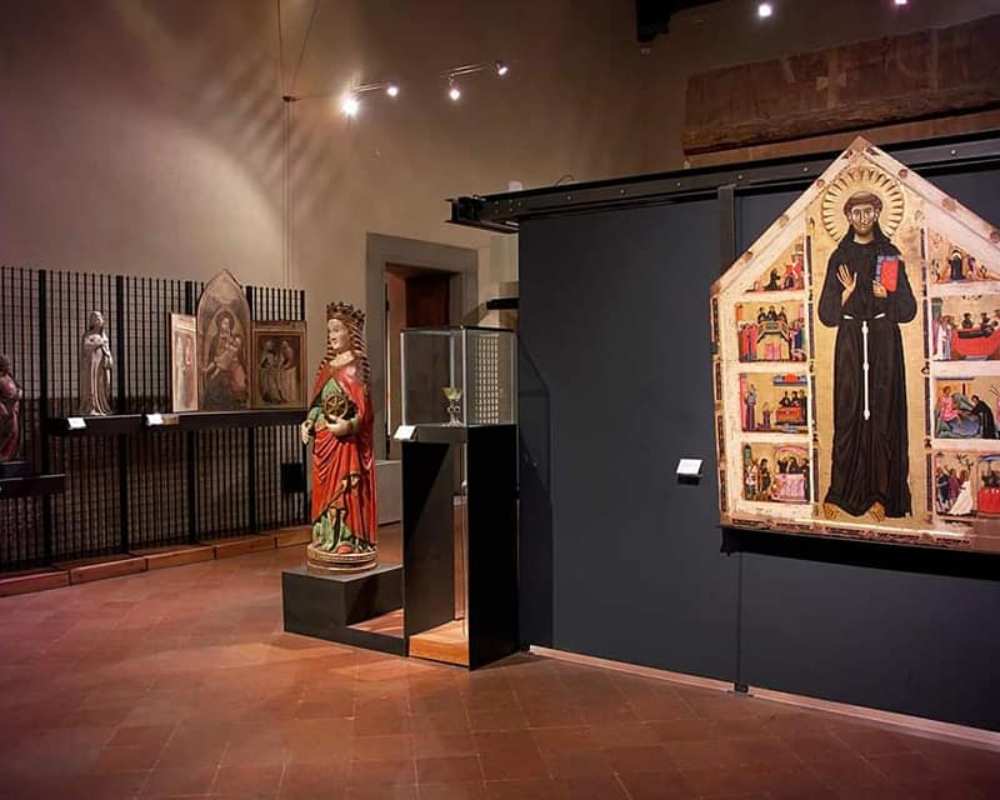
The Civic Museum of Ancient Art in the Municipal Palace collects the most significant testimonies from the city's suppressed churches and convents, from purchases and donations, in a fascinating journey through seven centuries of artistic history, from the 13th to the 19th century.
It is the city's first and largest museum institution, of late 19th-century origin, open to the public since 1922 in the Municipal Palace, the 14th-century Palazzo degli Anziani, whose most prestigious spaces it occupies.
It represents the entire artistic history of Pistoia through more than 300 works including paintings, sculptures and objects of applied art (goldsmithing, glass, ceramics).
Piazza della Sala
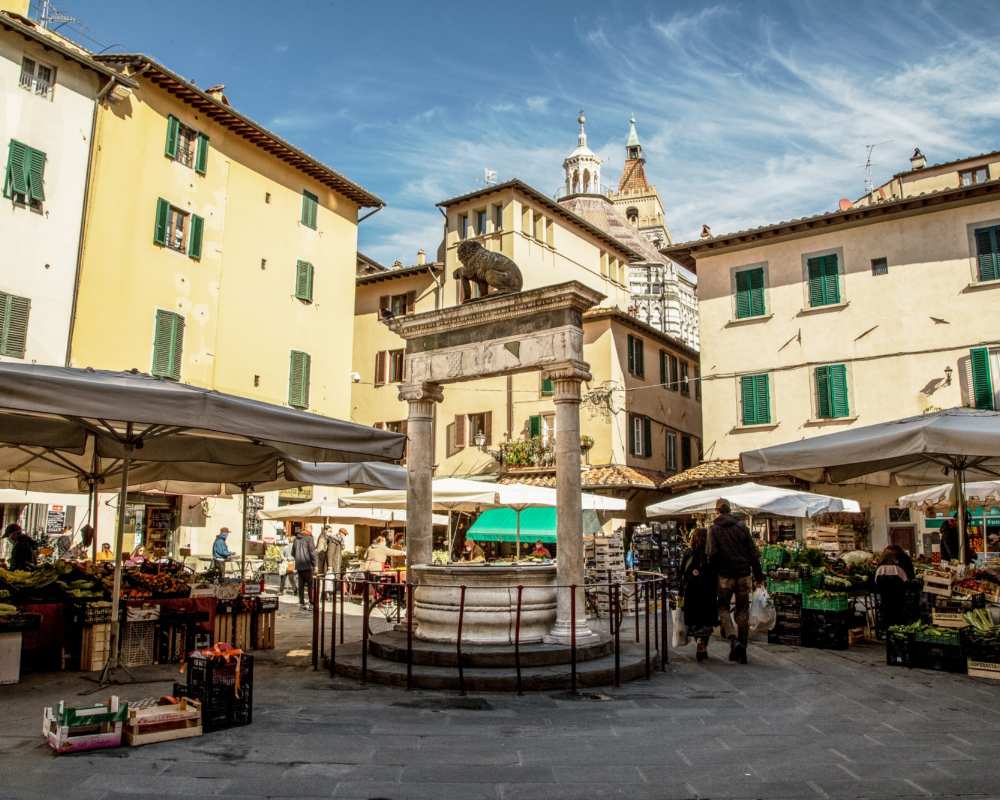
Piazza della Sala is the beating heart of Pistoia: it owes its name to the term of Lombard origin that was used to indicate the palace where power was exercised. In fact, the Gastald Palace, the king's representative, was erected there, but no trace remains of this important building today.
Later Piazza della Sala became the center of productive and commercial activities: on all sides of the square and in the nearby streets, small stores developed with counters and canopies supported by wooden shelves that are still visible today.
Today it is enlivened by bars, clubs, and restaurants carved out of the old stores and is an heavily frequented urban space.
In the center of the square stands the Pozzo del Leoncino (Well of the Small Lion), of medieval origin but revisited in the 15th century, made of white and green marble and surmounted by a stone lion with its paw resting on the coat of arms of Pistoia.
Santa Barbara Fortress
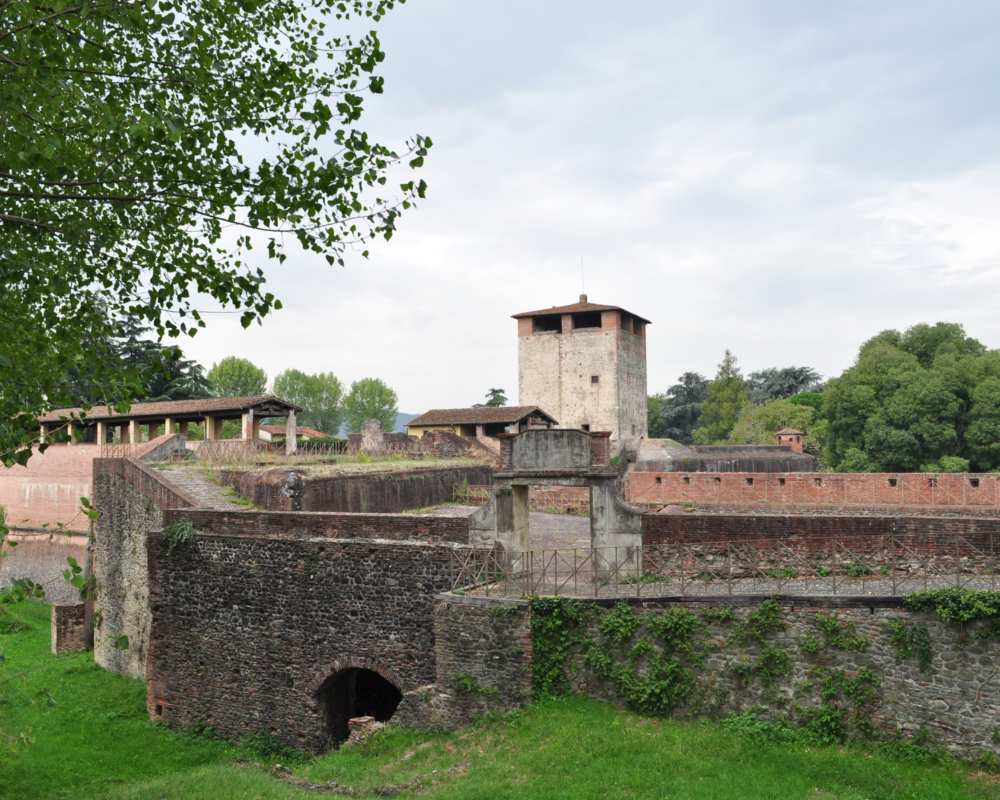
An extraordinary example of military architecture: the Fortress of Santa Barbara is a complex originally built in the 14th century to control the area, over time it has undergone various renovations to its present appearance.
The structure was built by the Florentines right where the chapel dedicated to St. Barnabas stood, but the inhabitants of Pistoia, in retaliation, pulled it down a decade later. It was then Cosimo I de' Medici who decided on a reconstruction, in the 16th century, with the aim of keeping the people of Pistoia at bay.
Today the fortress is unchanged, with a square plan and ramparts at the corners: the tower and part of the keep remain of the medieval structure.
Zoo

A park for a family day of animal discovery: the Pistoia Zoological Garden is home to 600 animals including mammals, birds, reptiles and amphibians in an environment that tries to recreate their natural habitat as closely as possible.
Among the various species that can be encountered are brown bears, lynx, tigers, lions, giraffes, colorful parrots, the rare lemurs of Madagascar, and many other species from around the world that arrive at the park through European breeding programs for endangered species.
The Zoo also offers workshops and guided tours, including at night.

